Heraclitus, a 5th Century BCE Greek philosopher has been quoted as saying, “The only constant is change.” Conversely, an early 20th Century executive at 20th Century Fox averred that “Television won’t be able to hold on to any market it captures after the first six months. People will soon get tired of staring at a plywood box every night.” Even in modern times the CEO of Microsoft expressed disbelief in the constant nature of change. He once remarked, “There’s no chance that (Apple’s) iPhone is going to get any significant market share.”
I think we can all agree that nothing stays the same. Given that, the inevitability of change should apply to educational principles, as well. Why, then, are some Jewish Day Schools so resistant to incorporating change into their approaches to curriculum, pedagogy, and human development (especially social-emotional learning)?
JEIC is committed to changing the landscape and creating a culture of change in Jewish Day Schools. In fact, the word “change” is even in our mission statement: JEIC catalyzes radical improvement in Jewish day schools, challenging them to achieve their mandate of optimizing student internalization of Jewish wisdom, identity, and decision making. We pursue lasting school change through directed funding, impactful convenings, philanthropic partnerships, and originating bold initiatives and experimentation.”
Like people, no two organizations have the same motivations, nor do motivators function in a vacuum. Motivations are a tapestry woven from multiple threads. While these threads are intertwined, I see value in pulling them apart so that we can look carefully at each in consideration of how to overcome these impediments to effect real change in Jewish Day Schools.
Among the numerous factors that contribute to organizations’ resistance to change, I believe there are three that most often freeze a school: fear of failure, uninspired time budgeting, and misguided “educational traditions.”
Many organizational cultures embody a fear of failure. The idiom “Better the devil you know than the devil you don’t” is alive and well in many of our Jewish Day Schools. “Yes, we don’t teach [fill in the blank] as well as we could, and our teachers don’t inspire the students as others might, but we at least know what we have works -- at least part of the time.” That concept is incorrect out of the gate. We encourage children to try even when risking failure in order to grow; we should emulate that spirit in our own work. In addition, parents are far more forgiving than we assume when we are experimenting with new approaches with the ultimate goal of a better educational experience for their children. As long as we are transparent and have a relatively solid plan of action, stakeholders in Jewish day schools recognize the value of innovating.
And perhaps we try something new and it fails. What have we lost by trying? If a program is well thought out, well intentioned, and vetted by trusted partners before we institute it, we will not turn any child away from Judaism, nor will we cause permanent damage. But what if it could positively change the way our students connect to Judaism and all things Jewish, and we have missed that opportunity? Where would the Jewish people be today if Avraham hadn’t roiled the waters of idolatry, if Moshe hadn’t been the first person ever to lead 1.2 million people across a wilderness, or if Rabbi Yehudah HaNasi had not decided to write down the Oral Law before it became lost due to Jewish dispersion? The answer is: we as a people would not exist. Our Jewish legacy is to try new things even if it means failing forward, that is, trying something in multiple iterations until it meets our expectations.
Some schools lack creativity and vision and could benefit from more inspiration in their budgeting of time. “Time is money” is a common refrain from organizational leaders, who often feel overly taxed. “We don’t have the time in our schedule to do this training” is another familiar sentiment in schools. In certain circumstances, this attitude may end up being penny-wise and pound-foolish. When a school lays out some initial funds for professional development and does not follow up with embedded team meetings to build on that development, they have thrown away their money. Giving the time to educators to meet and develop new pedagogies and curricula may necessitate scheduling creativity and some financial investment. At the same time, not only may new approaches positively impact current students, but they may attract new students and keep others who might otherwise have left. Looking at teacher schedules only with an eye to their classes and additional duties sometimes becomes short-sighted. Once again, we look to our Jewish history and consider what our traditions might look like if the rabbis of the Talmud had not invested so much time in laying out the particulars of our faith.
Still other schools believe that “This is the way it should be done. Our parents and grandparents and even we were taught using these approaches, and it seemed to work out okay.” Judaism embodies many traditions; pedagogy and curriculum are not part of those traditions. As children change with the developing Age of Informational Technology, educational practices should adapt to meet them where they are; not where our parents and grandparents were during the beginning and middle of the 20th Century. After all, Moshe Rabbeinu did not attend cheder (a one-room Jewish schoolhouse) and Maimonides did not study at Hebrew School. As the Jewish people have evolved so have our educational methodologies to keep up with the next generation.
Perhaps if we reflect on our own resistance to change and the secondary gains we make from not moving forward, we can open up ourselves and our institutions to doing better for our children. Our quest to improve Jewish education will never be done, but at least we can look to identify and ultimately remove some of the barriers in order to take the first steps in that quest.



